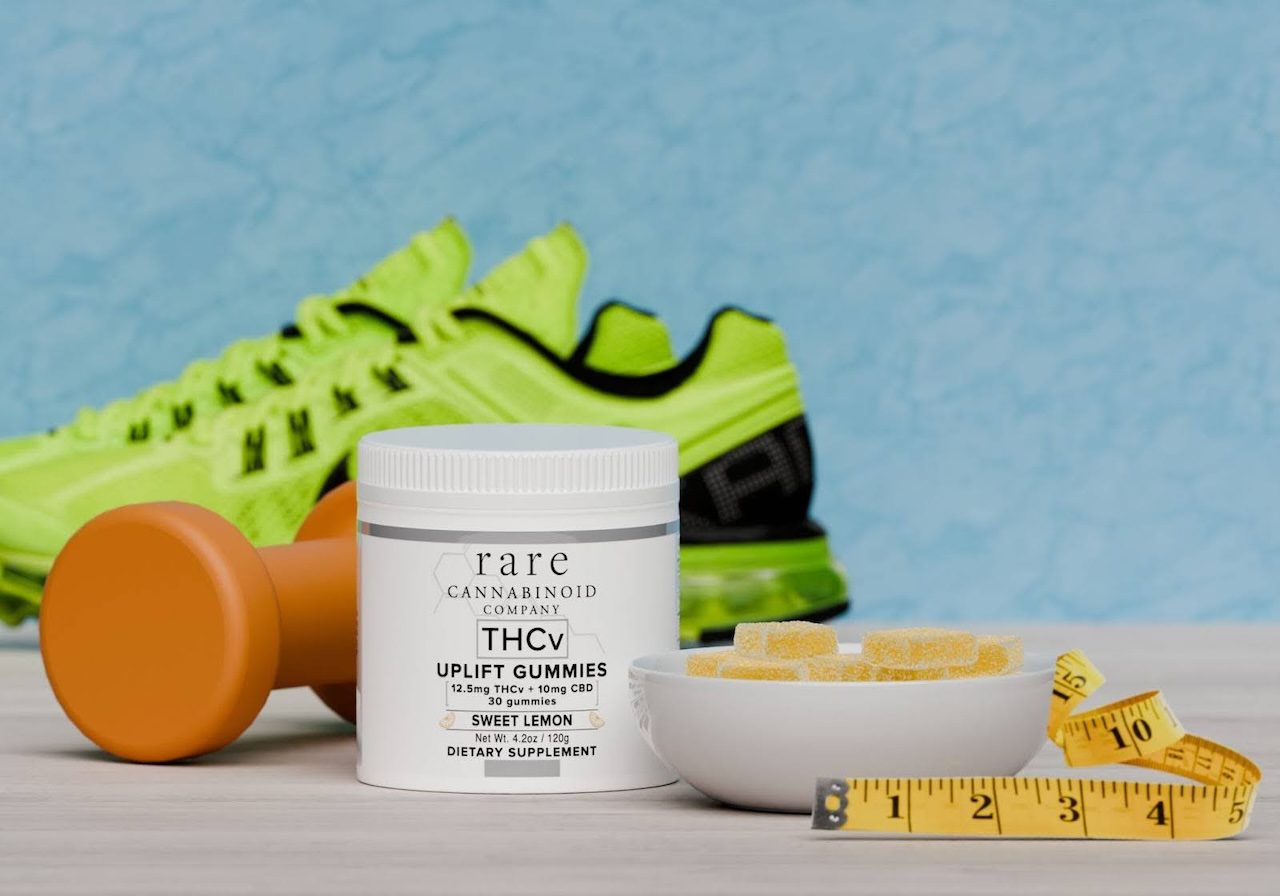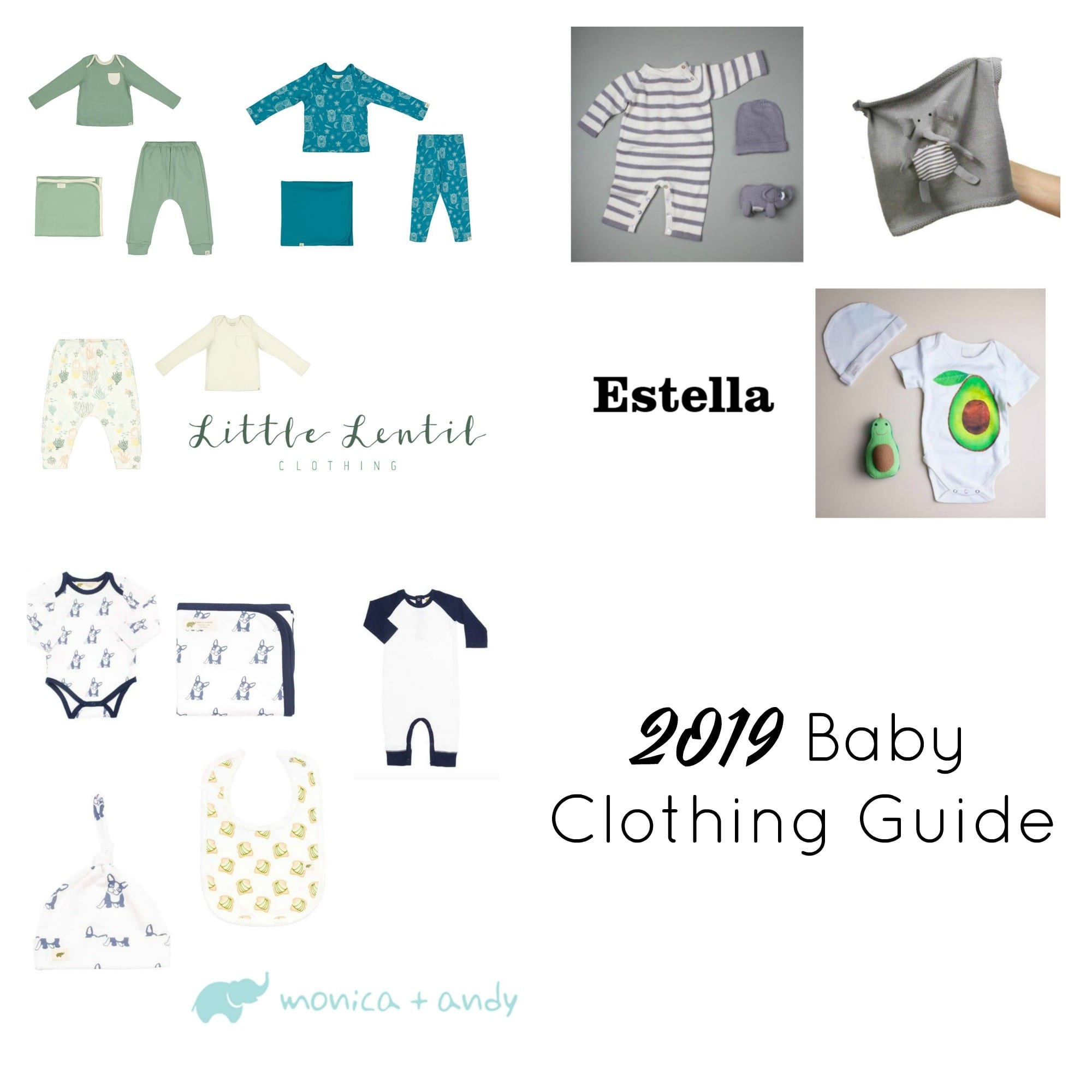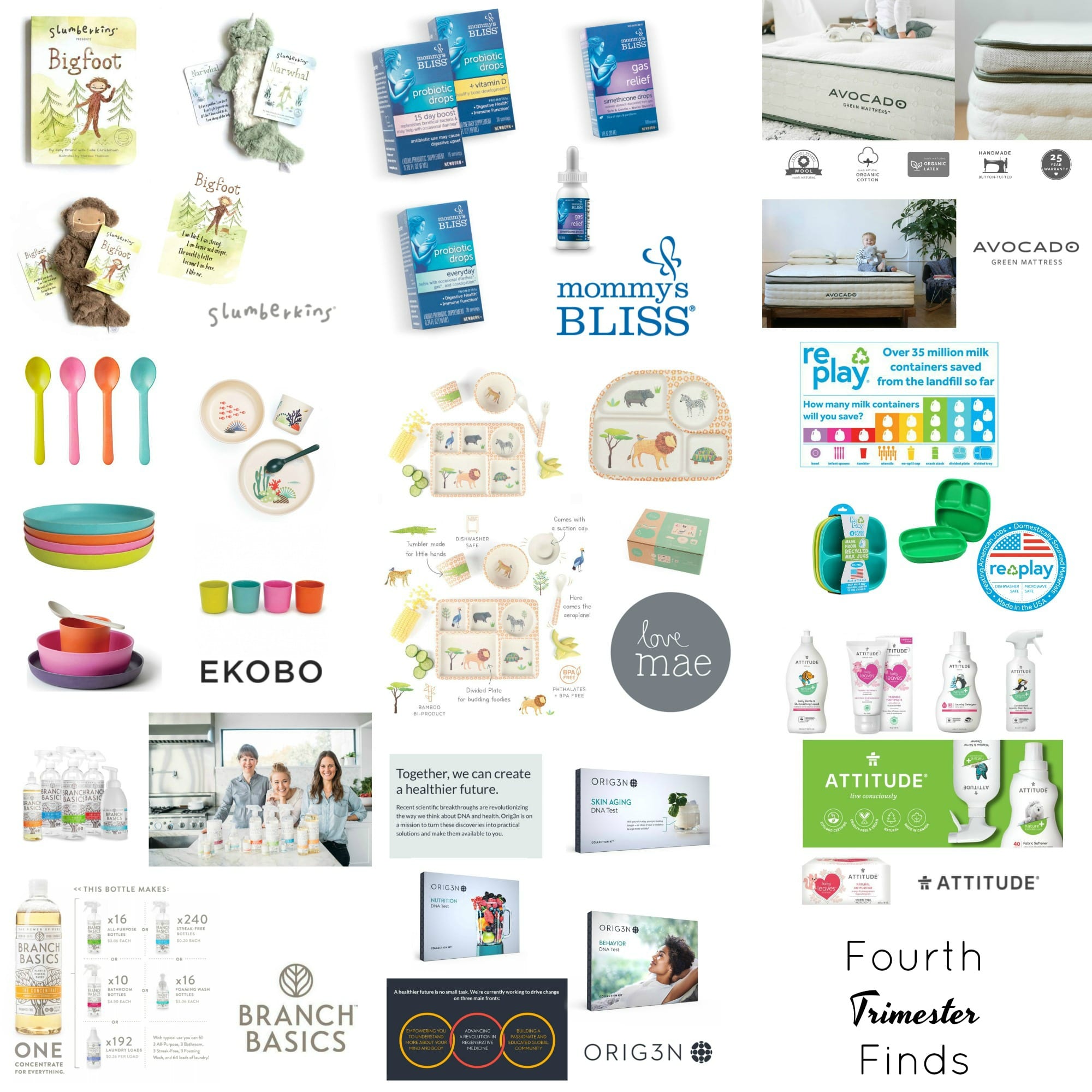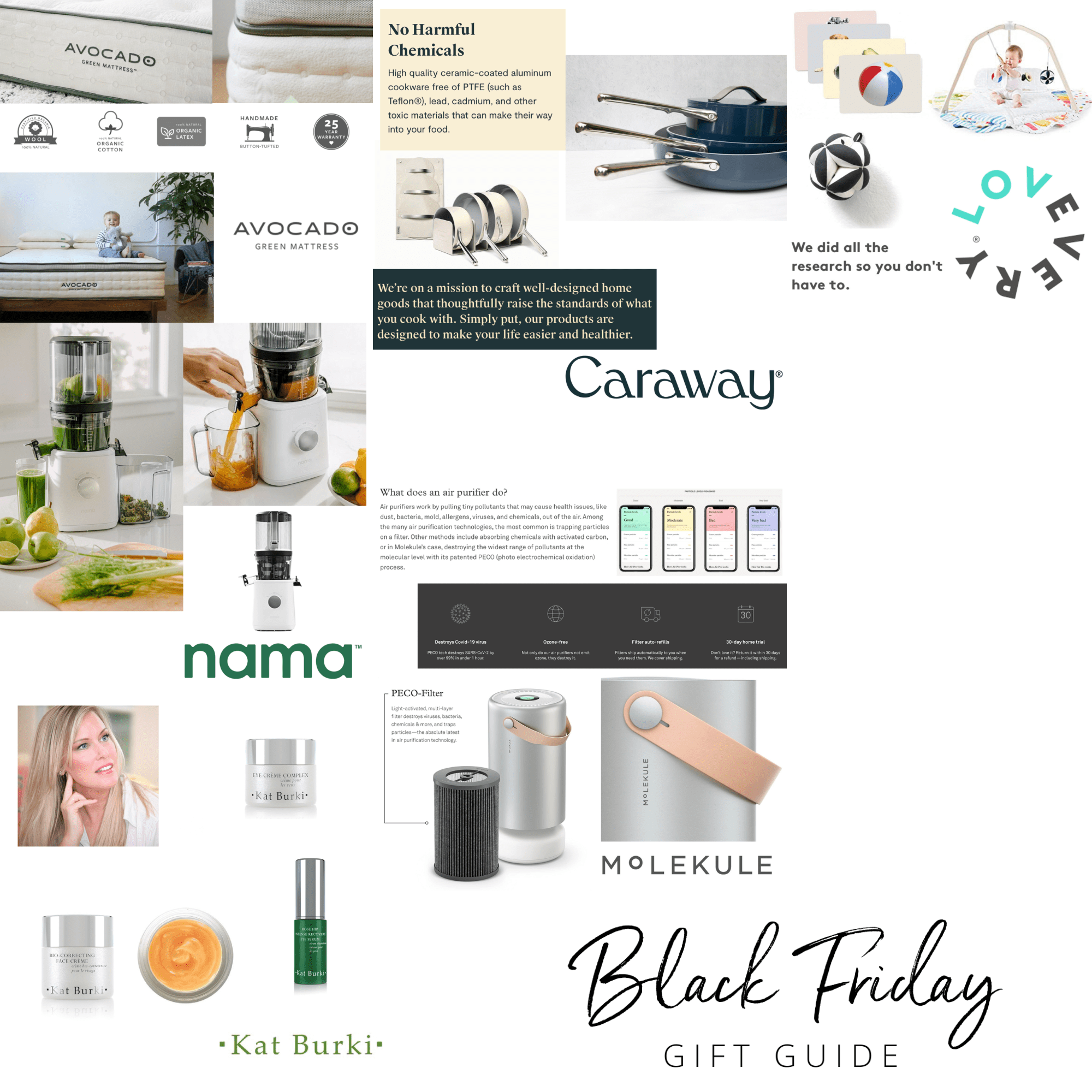Cooking with Eyeglasses: Benefits and Tips
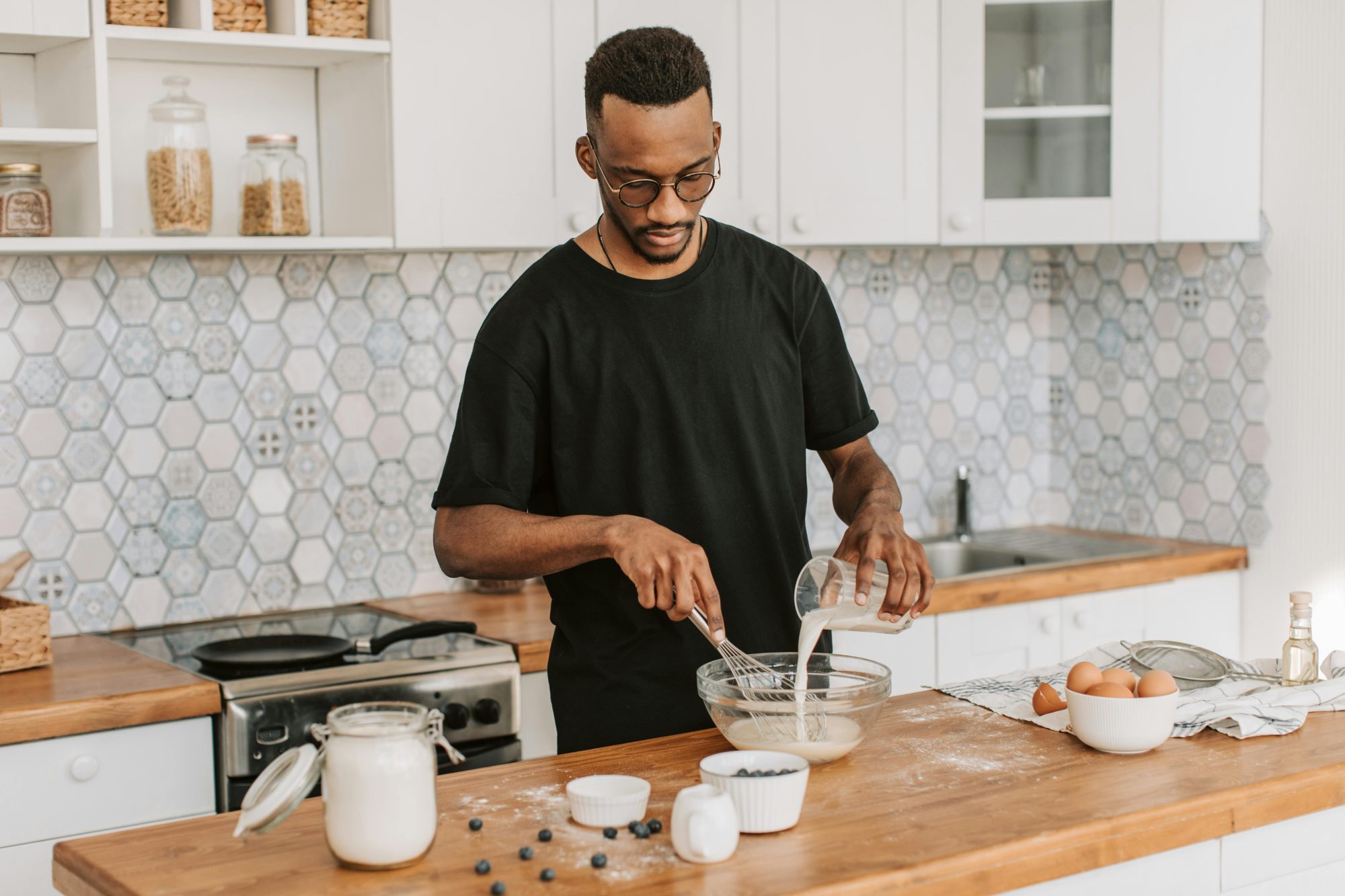
Cooking is more than just something you can be talented at—it’s a life skill.
We’ve previously emphasized that learning about cooking takes practice, just like anything else. However, doing so will involve more than just picking up technical skills (like how to properly chop an onion), the ability to follow recipes, and the science behind cooking itself. You also need to learn about kitchen safety.
Plenty of accidents can happen while you’re cooking—and in the US, only 33% of them happen because of knives. Nearly 90% of home fires that start in kitchens are caused by cooking, for example, and equipment like blenders lead to a significant number of emergency room visits. That’s why it’s so crucial to follow best practices for kitchen safety, like handling knives properly and turning off stoves and appliances when not in use. Your ability to comply with these standards will rely heavily on one of your senses: your eyesight.
With clear vision, you can instantly assess the state of your kitchen, see what can potentially cause accidents, and address those issues before they further risk your safety. If you have a refractive error like nearsightedness, you’ll thus want to wear eyeglasses while cooking.
The benefits of cooking with eyeglasses
Wearing eyeglasses with an updated prescription simply means you’ll be leveling the playing field for yourself in the kitchen and can cook as well as someone with 20/20 vision. If you’re dicing vegetables, it’ll be easier to avoid cutting your fingers due to blurred eyesight. Baking? You can also measure your ingredients more precisely and achieve a better final product.
This critical piece of eyewear can also help you practice better eye safety in the kitchen. Eyeglasses can act as a physical barrier against things like hot oil or sauces that can splash into your eyes and cause injuries. They can also prevent sharp objects, like knives and skewers, from harming your eyes if you accidentally mishandle them.
Despite that, it’s also true that cooking with eyeglasses comes with its own challenges. To step around them and better reap the benefits of working in the kitchen with clear eyesight, try these tips.
Tips for cooking with eyeglasses
Get a well-fitting pair
The kitchen is a hot environment, and you’ll most likely get sweaty. That makes slippage one of the biggest challenges you’ll face when cooking with glasses. To prevent your specs from falling down your nose, you’ll thus want to buy a well-fitting pair. Prioritize looking at frame material and design. Metal frames are less likely to slip than plastic ones, even if you sweat easily or have oily skin. It’s also ideal to take your facial features into account. The height of your nose bridge, for example, will determine the bridge width of the glasses you should get. Finally, getting glasses with non-slip silicone nose pads can ensure a more secure fit.
You can easily narrow down your options online. LensCrafters’ website, for one, allows you to filter prescription eyeglasses by characteristics like frame material, then see the frame measurements of every product so you can determine which one will best suit your face. As a result, you can easily see that glasses like Ray-Ban’s New Clubmaster Optics and Versace VE1287 come with the metal frames, varying measurements, and nose pads you’ll need to get the best eyeglasses possible to use while cooking.
Use anti-fog solutions
Any kind of steam or vapor produced by cooking can condense on the inside of your glasses when it comes into contact with your lenses, which will be cooler in temperature. The resulting fog can easily build up and block your vision. Aside from being an annoyance, it can obscure your eyesight long enough to risk your safety. Leveraging anti-fog solutions can prevent that from happening. You can use sprays or wipes from brands like OptiPlus to create a layer that prevents those water droplets from forming. Their effects can last for up to 24 hours.
If you’re planning to cook more often or are already constantly in the kitchen, however, you may want a more permanent solution. Again, this will tie back to the kind of glasses you buy. You’ll find different lens coatings available on the market, like anti-scratch and anti-reflective ones. For your purposes, however, you may find the lenses on anti-fog glasses the most effective. These use either hydrophilic coatings that absorb moisture or hydrophobic ones that repel it—either way, you’ll be benefiting from a product that even professionals use for work safety. These are also easy to find online, with retailers like Eyebuydirect offering a dedicated section for anti-fog specs from brands like Oakley and ARNETTE.
Minimize heat exposure
Finally, you’ll want to be careful about heat if you want to benefit from your eyeglasses in the kitchen for longer. Generally, modern specs are durable enough to withstand extreme temperatures. If you’re monitoring caramel to keep it from burning or using the flambé technique to glaze a dish, though, you may expose them to excessive heat that can potentially damage lens coatings or warp your lenses altogether.
Both overexposure and rapid temperature changes can impact your glasses. Avoid cooking on high heat for too long. It can also help to gather everything you need for a recipe on your counter before you start cooking so you don’t move between areas like your fridge and stovetop too often. If your lenses get smudges you can’t remove or start looking like they’re peeling, you might be looking at signs of heat damage. Head over to your optometrist to confirm any issues and replace your lenses if needed.


